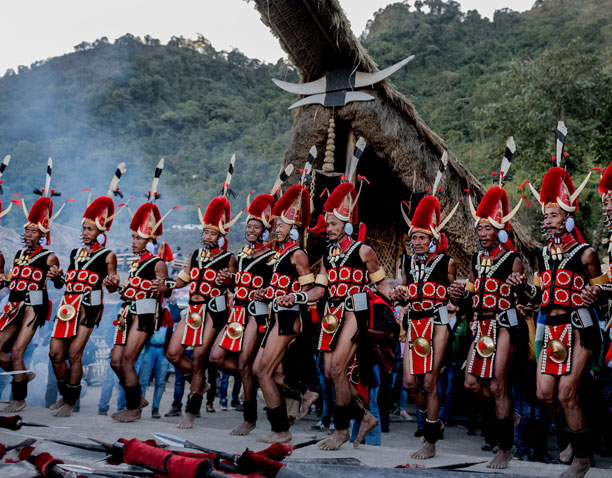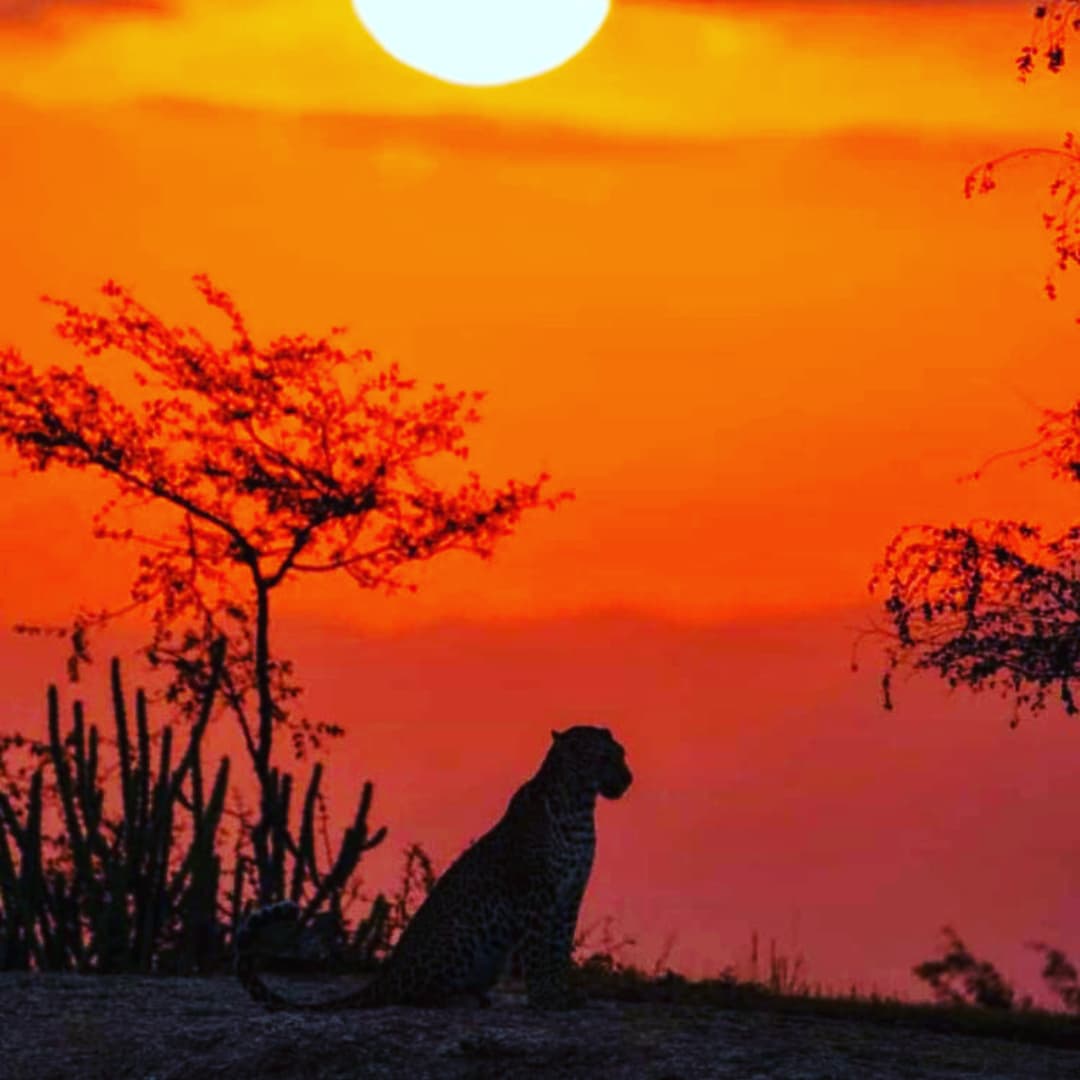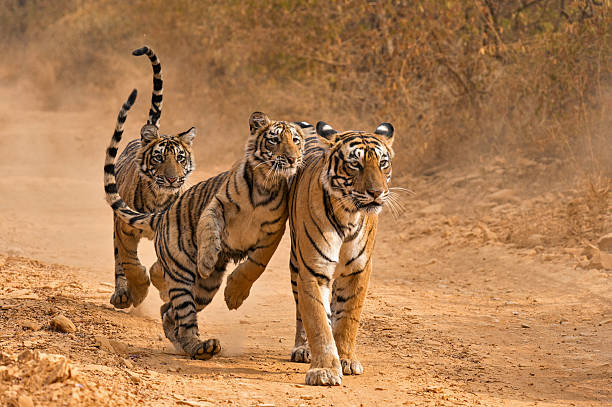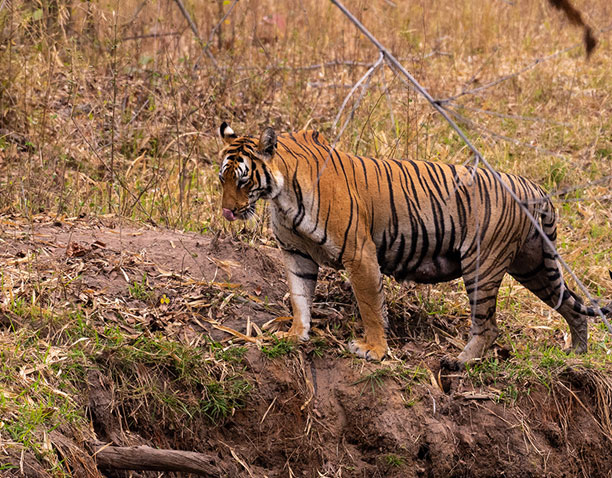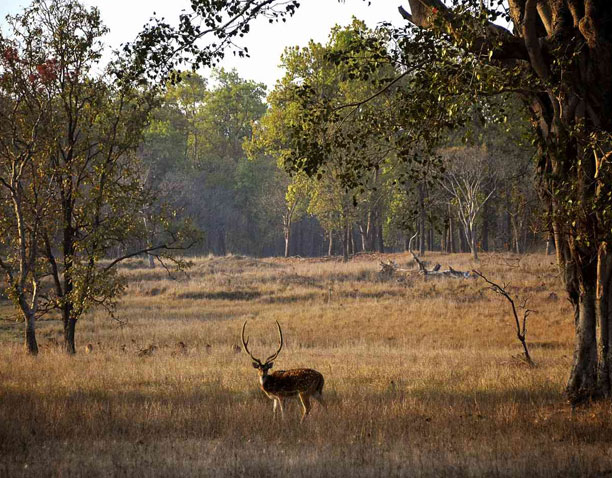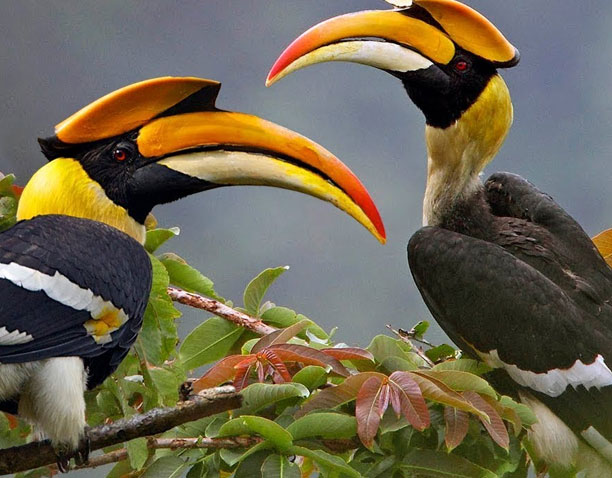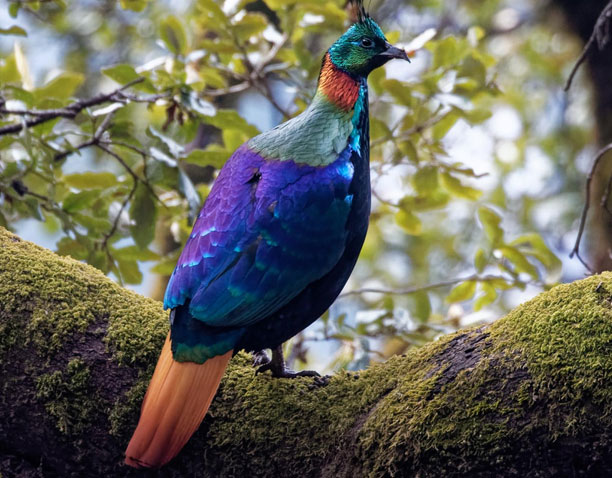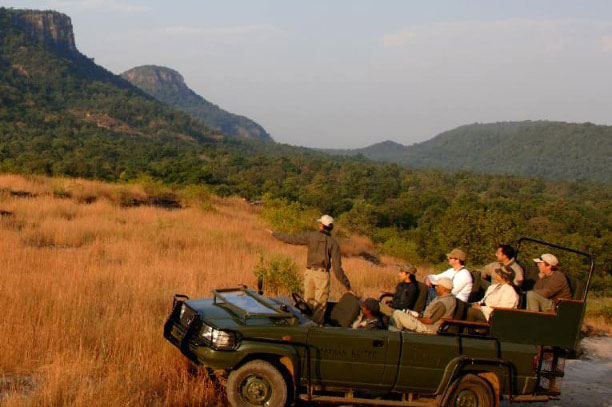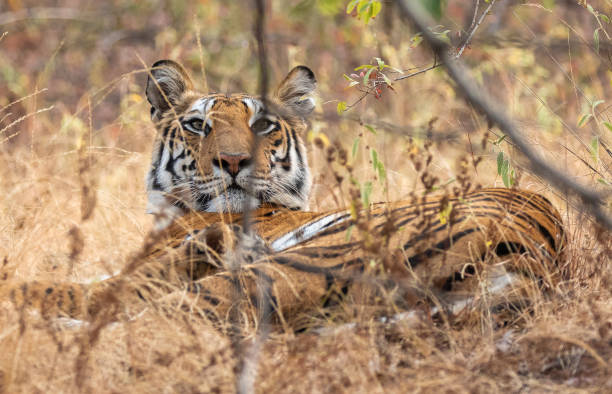The Hornbill Festival of Nagaland is a magnificent display of the area’s rich cultural tapestry. Named after the Indian Hornbill, a large and colourful forest bird, this festival is a unique event that not only showcases the traditions of Nagaland’s tribes but also aims to protect and revive the rich cultural heritage of the region.
Table of Contents
- The Intriguing Origin and Purpose of the Hornbill Festival
- The Impressive Participation and Enthusiasm of Nagaland’s Tribes
- A Glimpse into the Various Events at the Festival
- Exploring the Naga Heritage Village
- The Hornbill Festival: A Photographer’s Paradise
- The Unique Culinary Delights
- The Hornbill Festival: More than Just a Cultural Event
- The Impact of Christianity on Nagaland’s Tribal Culture
- The Fascinating Tribes of Nagaland
- Offbeat Experiences Beyond the Festival Grounds
- The Hornbill Festival: A Life-changing Experience
- Planning Your Visit to the Hornbill Festival
1. The Intriguing Origin and Purpose of the Hornbill Festival of Nagaland
The Hornbill Festival, also known as the “Festival of Festivals,” was inaugurated by the state government in a bid to promote inter-tribal interaction and preserve the state’s rich culture. The festival runs from the 1st to the 10th of December every year and has been a major part of the cultural calendar for all 40 Naga tribes.
The festival is a “window to Nagaland,” providing an opportunity for outsiders to get a glimpse into the cultures, traditions, crafts, and local songs of these tribes. It also serves as a platform for the tribes to display their talents in traditional Naga wrestling and archery.
2. The Impressive Participation and Enthusiasm of Nagaland’s Tribes
Each of the tribes in Nagaland celebrates its own festival centered around agriculture. However, their participation in the Hornbill Festival of Nagaland is especially significant. The enthusiasm with which they celebrate this festival is legendary. For the tribes, participation in the festival is not just essential but sacred.
The festival brings together 17 of the 66 tribes of Nagaland, each showcasing their unique dances, songs, and customs. The tribes narrate fascinating tales of their history, brave deeds of ancient warriors and heroes, as well as their unique style of love, gospel, and folk songs.
3. A Glimpse into the Various Events at the Festival
The Hornbill Festival is a spectacle of colours, sounds, and flavours. The many events that take place during the festival are a true testament to the richness of Nagaland’s culture. From beauty contests to traditional archery competitions, the festival is a treat for the senses.
Hornbill Festival of Nagaland offers a unique chance for visitors to experience the exotic flavours of the tribes’ culinary specialities. These range from chicken dishes to insects, and the Nagas’ beloved rice beer is a must-try. Competitions are fierce but fun, and include chili eating, bamboo climbing, and wrestling.
4. Exploring the Naga Heritage Village
The Hornbill Festival of Nagaland takes place in Kisama, at the Naga Heritage Village. This village was purpose-built for hosting the festival and is located just 12 km from the state capital, Kohima. The village has a unique setup with each tribe having their own “local house” from which they base themselves for the festival.
Visiting each tribe at their houses is one of the highlights of the festival. The Naga people are extremely friendly and, despite the language barrier, are more than happy to pose for photos and share their culture with visitors.
5. The Hornbill Festival: A Photographer’s Paradise
The festival is a visual treat, with each tribe dressed in their traditional attire and performing their unique dances and songs. The traditional attire often includes vibrant colours, elaborate headdresses, and unique accessories that are sure to captivate any photographer.
6. The Unique Culinary Delights
The Hornbill Festival offers a unique opportunity to sample the rich and exotic flavours of each tribe’s culinary specialities. From chicken dishes to insects, there’s a wide range of traditional Nagaland food to try. The locally brewed rice beer is the drink of choice, often preferred even over coffee in the early mornings.
7. The Hornbill Festival of Nagaland: More than Just a Cultural Event
The Hornbill Festival is not just about showcasing Nagaland’s culture. It also promotes unity and peaceful coexistence among the various tribes. The festival has played a significant role in uniting the tribes and promoting peace in the region.
8. The Impact of Christianity on Nagaland’s Tribal Culture
Most of the tribes in Nagaland have converted to Christianity, and this has had a profound impact on their culture and traditions. The Christian faith has allowed the tribes to coexist peacefully, and the festival is a testament to this peaceful coexistence.
9. The Fascinating Tribes of Nagaland
The tribes of Nagaland are known for their unique traditions and customs. Each tribe has its own unique style of dressing, language, and traditions. The tribes that participate in the festival include the Ao, Angami, Sema, and Rengma, among others.
The tribes were once known for their headhunting practices, but these have now been abandoned. Today, the tribes coexist peacefully, and their rich cultural heritage is a source of pride for them.
10. Offbeat Experiences Beyond the Festival Grounds
Beyond the festival grounds, there are numerous villages that offer a more authentic and offbeat experience of Nagaland’s tribal culture. While the festival offers a glimpse into the culture of the tribes, visiting these villages offers a deeper understanding of their way of life.
11. The Hornbill Festival of Nagaland: A Life-changing Experience
The experiences one has at the Hornbill Festival are sure to last a lifetime. The festival offers a unique opportunity to immerse oneself in the culture of Nagaland’s tribes, sample their unique cuisine, and witness their vibrant dances and songs. The festival is sure to leave a lasting impression on anyone who experiences it.
12. Planning Your Visit to the Hornbill Festival of Nagaland
To get the most out of the festival, it is recommended to spend at least two full days at the festival grounds. This allows enough time to observe the various performances, visit the tribes at their local houses, and sample the culinary delights.
For those with more time, a visit to the remote villages in the Mon region offers a chance to experience the authentic way of Naga life. It’s also recommended to explore the state capital, Kohima, which is known for the significant WWII battle that took place there.
In conclusion, the Hornbill Festival of Nagaland is a unique event that offers a glimpse into the rich cultural heritage of the region. It’s a must-visit for anyone interested in experiencing the vibrant colours, unique traditions, and warm hospitality of Nagaland’s tribes.

